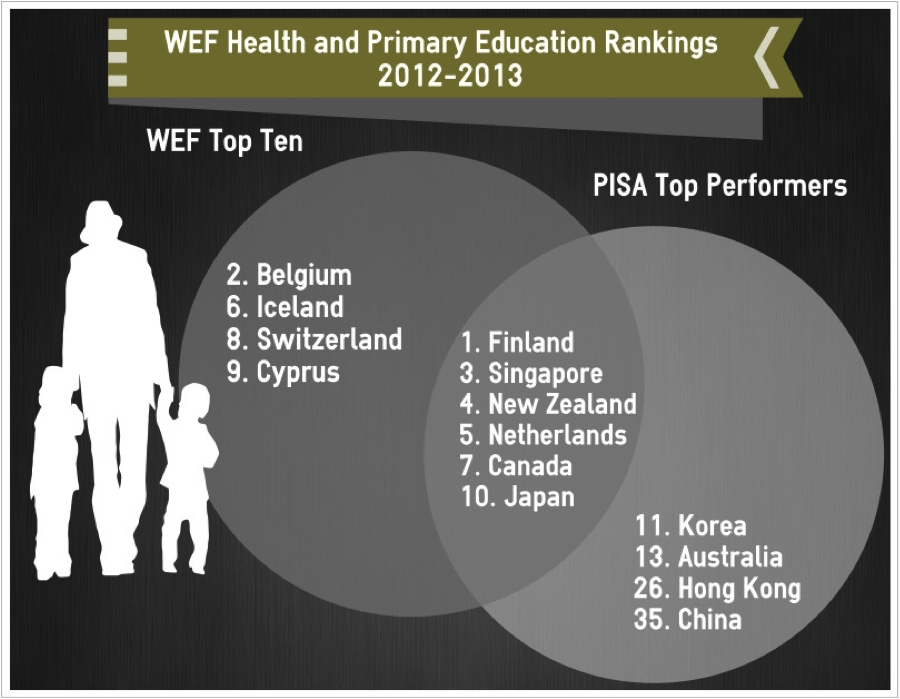 |
| Image courtesy of Lily Pultizer |
Honestly, I don't know where I would be without my beloved planner. It keeps track of all my information & community service hours, reminds me what tests I have and when, and lets me easily plan my extracurriculars. I use the Lily Pulitzer planners (pictured above), however, you don't need to buy a fancy planner in order to get the benefits. A simple one dollar notebook will do (just be sure to write dates on the pages!).
Tip 2: Cram
You shouldn't be cramming every night (if you do, it's a bad habit, get rid of it). However, sometimes, cramming is necessary. If teachers are throwing multiple tests at you everyday, it's hard to study in advance for a test on Friday when you have one on Tuesday you need to study for. It's better to try and learn the material for Tuesday's test as best you can, and then move onto studying for Friday's test.
Tip 3: Read, Read, Read
 |
| Image courtesy of Solidarity Rising Book Drive |
And if you don't know what to read, here are some of my favorites:
Outliers by Malcom Gladwell (just started this- great nonfiction!)
Goose Girl by Shannon Hale (cute fantasy for all ages)
Cinder by Marissa Meyer (my favorite sci-fi)
Legend by Marie Lu ( good for boys & girls)
The Guernsey Literary and Potato Peel Society by Anne Barrows and Mary Ann Schaffer (WWII book, good for adults and teens)
These Broken Stars by Amy Kaufman and Megan Spooner (advertised as "Titanic in space")
Tip 4: Ask Questions
Fine, maybe I ask a little too many questions, but I find it helps me learn. By having the teacher go in depth about concepts I don't understand, I'm able to better fully understand the material, and do better on the test.
Tip 5: The Internet is Your Bestie
 |
| Image courtesy of CGP Grey |
I hope you enjoyed these tips! I find them to be very helpful; however, don't feel the need to follow all of them. Find what works for you and stick with it.
Find more tips here.




